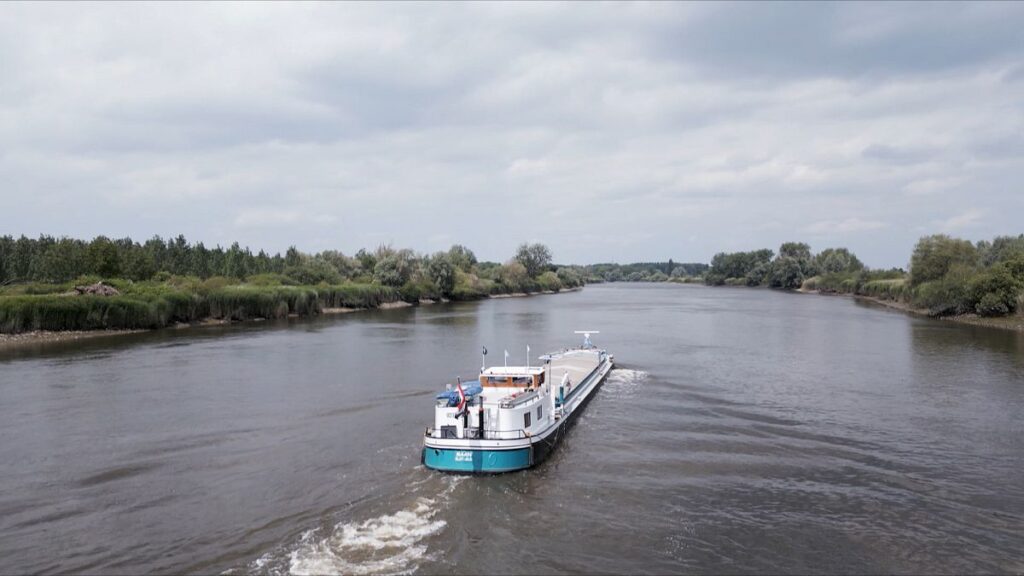The last few months have brutally reminded Europe of the power of floods and the devastating consequences they can cause. But could nature, rather than man-made infrastructure, solve our flood management problems?
The Scheldt estuary in Flanders has long been on the front line of flooding. Its low-lying landscape and open connection to the sea make it very vulnerable to storm surges. When sea levels rise abnormally due to strong winds and low atmospheric pressure, this weather phenomenon can lead to significant flooding during high tides.
“When a storm at sea occurs during high tide, and if the storm and wind blow from the northwest, the water is pushed back into the estuary, so protection is essential,” explains Elias Verbanck, project manager of the LIFE SPARC initiative.
A nature-based solution
Sea level rise caused by climate change only increases this threat of flooding. But rather than building more heavily designed barriers, a nature-based project called LIFE SPARC aims to create more space for the River Scheldt, while simultaneously developing a thriving ecosystem within the estuary.
Through a network of levees and locks, flood control areas act as a buffer, capturing excess water during a storm surge before gradually releasing it back into the river.
“When a storm surge occurs and water levels are very high, water overflows the embankment and flows from the river into the controlled flood zone, supplying water to the area and then to the marshes , and when the tide is low again, the water passes through the lock system back into the river,” explains Elias.
But flood protection isn’t the only benefit.
“These tidal marshes are very important for nature. They are very rare,” says Elias, adding: “Freshwater marshes are important for fish, but also for birds; not only for the habitats and wildlife themselves, but also for their regulatory functions. They are very useful for nutritional balance in the Scheldt. They are in fact essential. They bring oxygen into the water, which is of course very important for life, and this marsh also has a carbon sequestration and storage function. »
Rethinking our relationship with water
The nature-based solution along the Scheldt Valley is just one example of how climate change is forcing us to rethink flood protection and our relationship with water.
The idea of working with nature rather than against it, to become more resilient to climate-induced flooding and drought, was also a central theme during the recent Green Week in Brussels.
“We thought technical solutions would solve everything, but today we see that is not the case, especially with climate change. Nature-based solutions can help us, for example, by keeping water on roofs and in gardens, and on a larger scale, by giving space to rivers and retaining water in the ground. , said John Boon, of the International Federation of Landscape Architects Europe region.
Echoing this view, Elias concludes: “Doing nothing was unthinkable. If you don’t give water the space it needs, it will take over. And that would be a disaster. So we came up with a plan. A plan with large controlled flood zones, and we decided to combine it with new natural development. »




